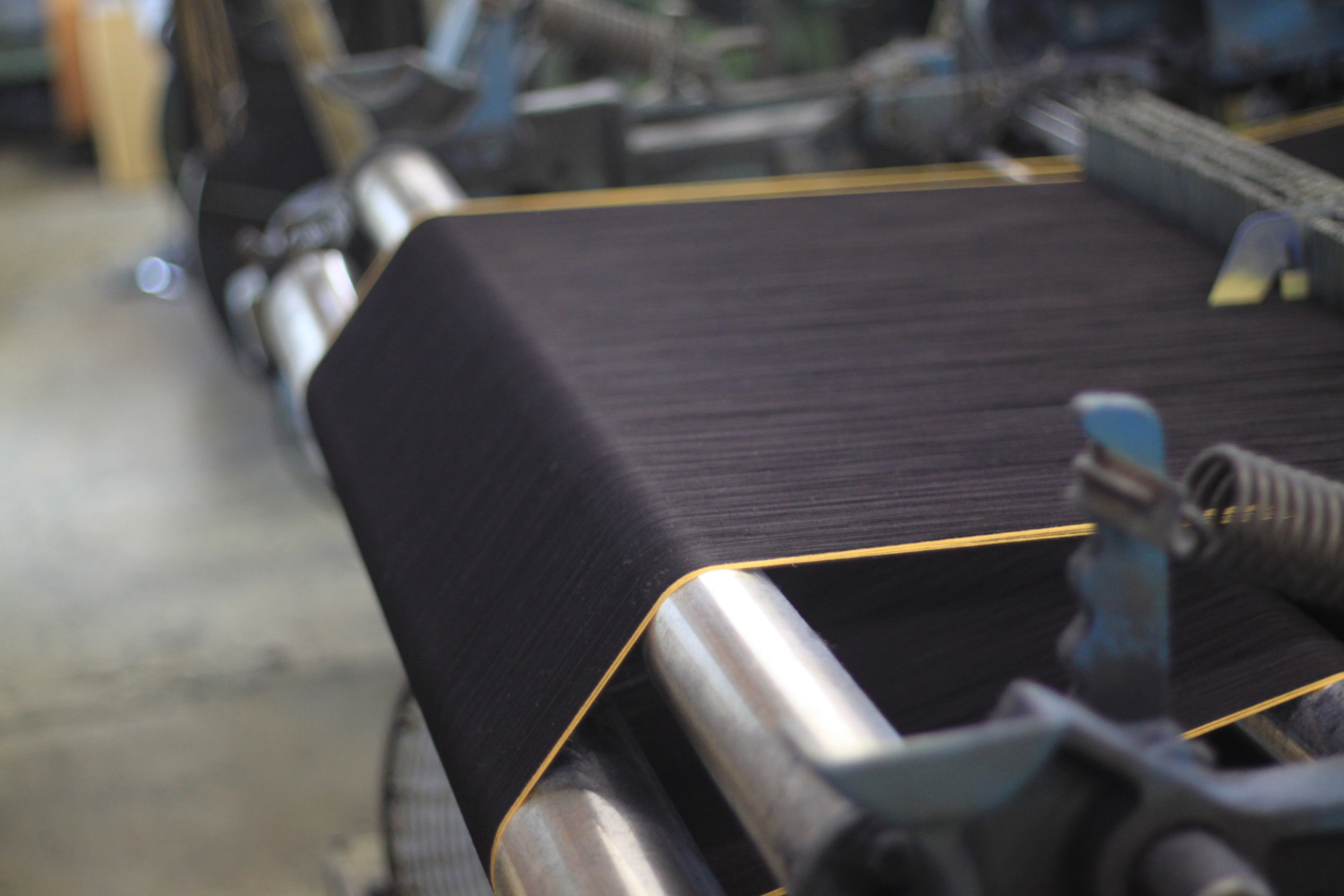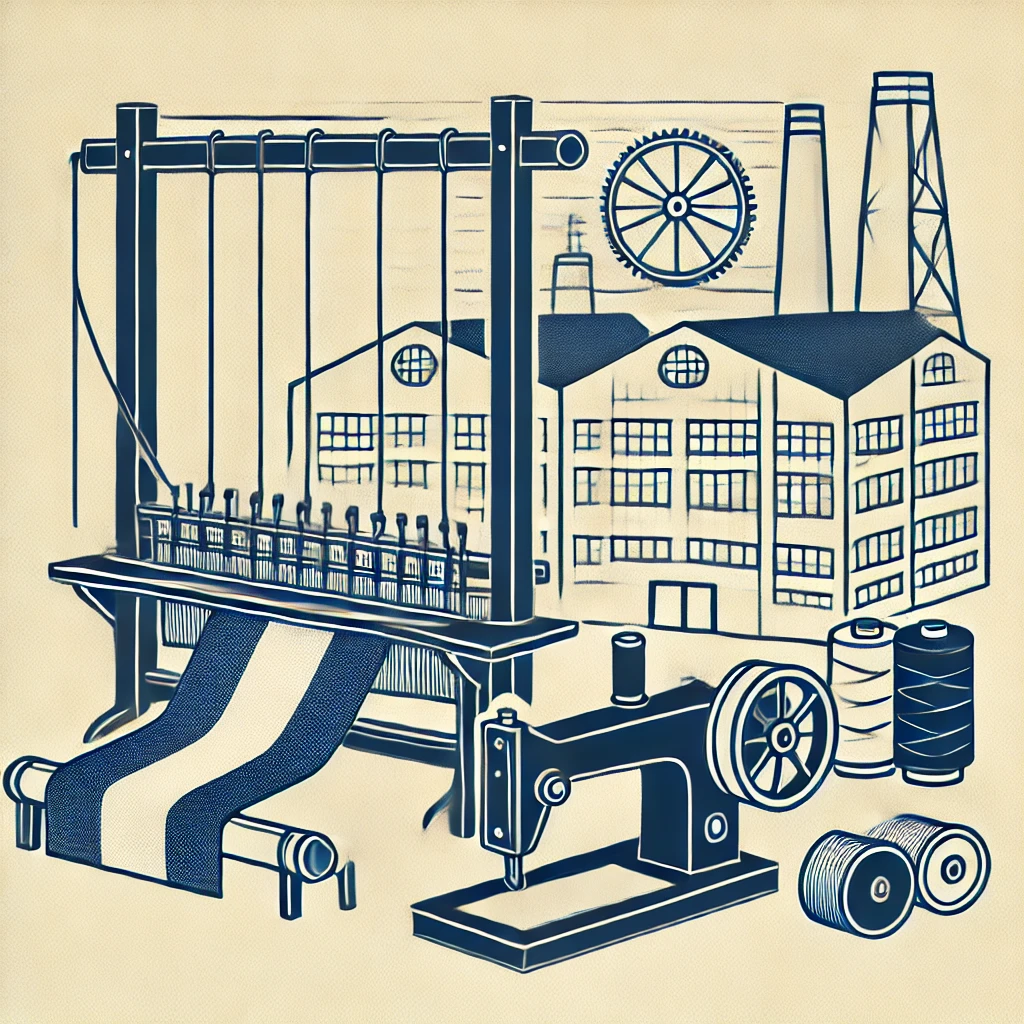History and Origins
Kojima's transformation from a historical island mentioned in ancient texts to a renowned denim production hub reflects its rich cultural heritage and spirit.


Origins of Kojima
Kojima, originally an island in the Seto Inland Sea, is mentioned in Japan’s oldest texts, “Kojiki” and “Nihon Shoki.” According to “Kojiki,” Kojima was the ninth island born by Izanagi and Izanami. Throughout history, Kojima was known for its strategic location for transportation and as a significant salt production site.
During the Heian and Kamakura periods, it was associated with legends and saw the development of Buddhism and stonework. In the Sengoku period, land reclamation connected it to the mainland, and the Edo period saw the flourishing of salt production and tourism.
Development of the Textile Industry
In the Meiji era (1868-1912), Kojima began producing cotton fabrics, focusing on school uniforms and work clothes. The textile industry rapidly mechanized during the Taisho (1912-1926) and early Showa (1926-1989) periods, significantly boosting production efficiency. Post-WWII economic recovery revitalized Kojima’s textile industry, expanding into various clothing items.
By the 1960s, Kojima shifted to denim production, coinciding with the rising popularity of jeans, and produced Japan’s first domestic jeans in 1965.


Evolution and Global Recognition of Kojima Jeans
Kojima’s jeans gained a reputation for high quality in the 1970s, particularly for selvage denim made with shuttle looms. By the 1980s, Kojima denim products were recognized internationally, especially in the U.S. and Europe, symbolizing “Made in Japan” excellence.
Today, Kojima’s denim industry blends traditional methods with modern technologies, attracting denim enthusiasts worldwide. The “Jeans Street” area showcases numerous denim brands and offers insights into the production process, solidifying Kojima’s status as a denim hub.
